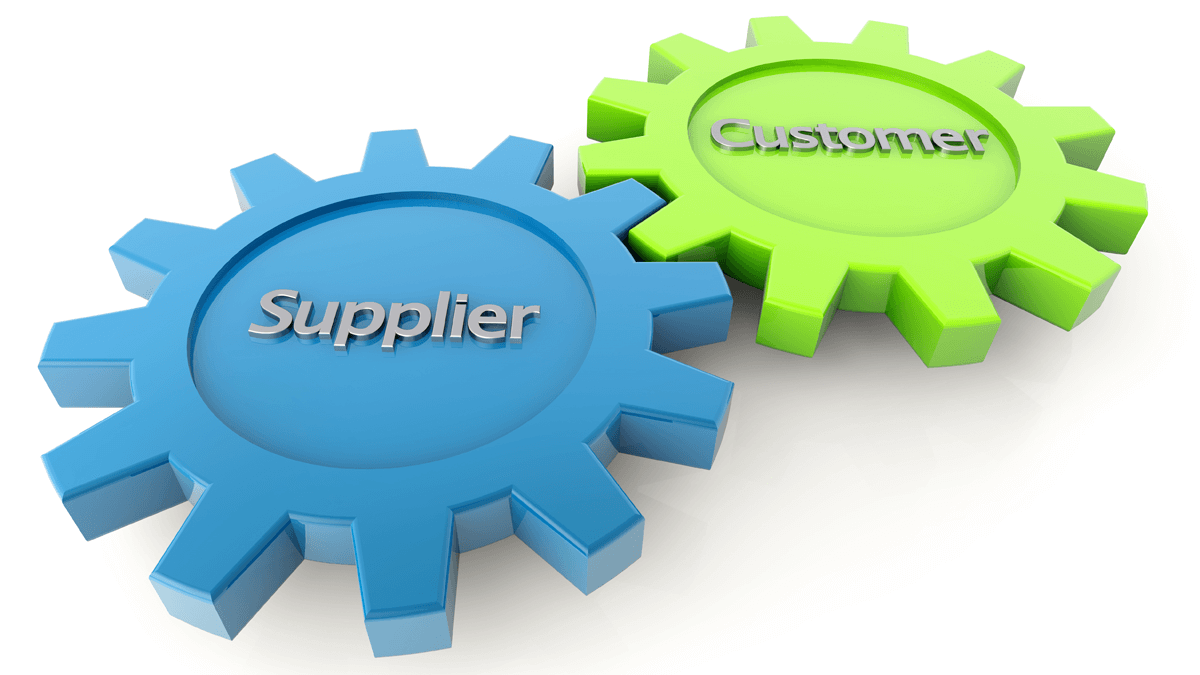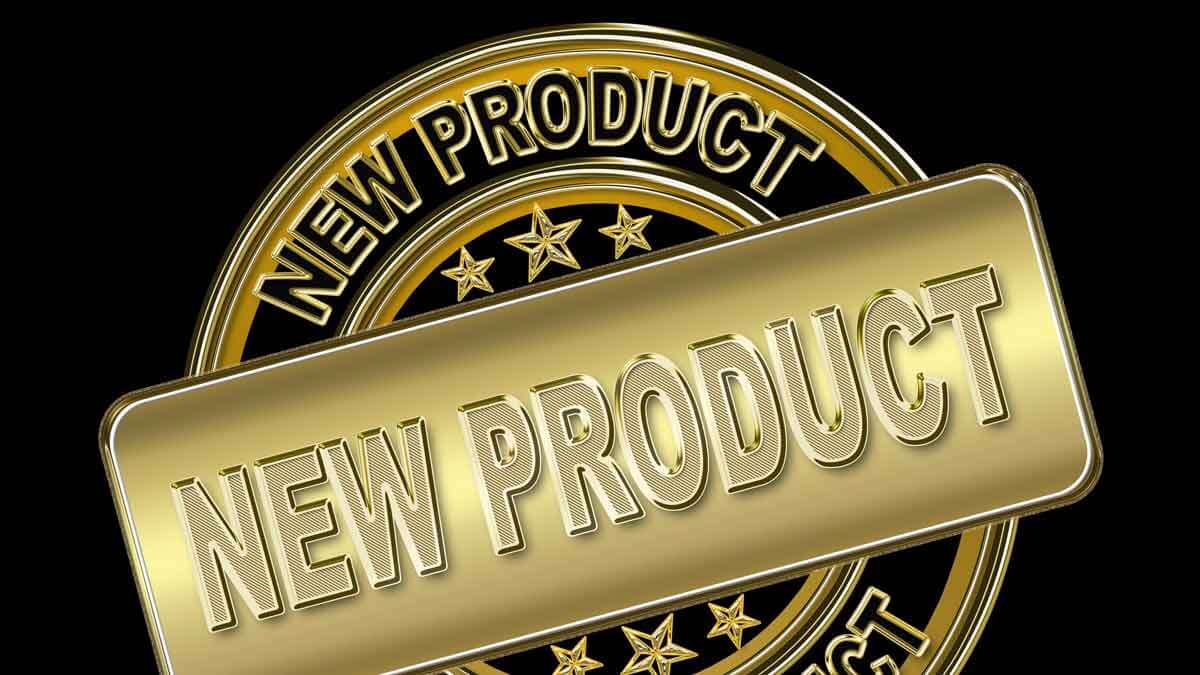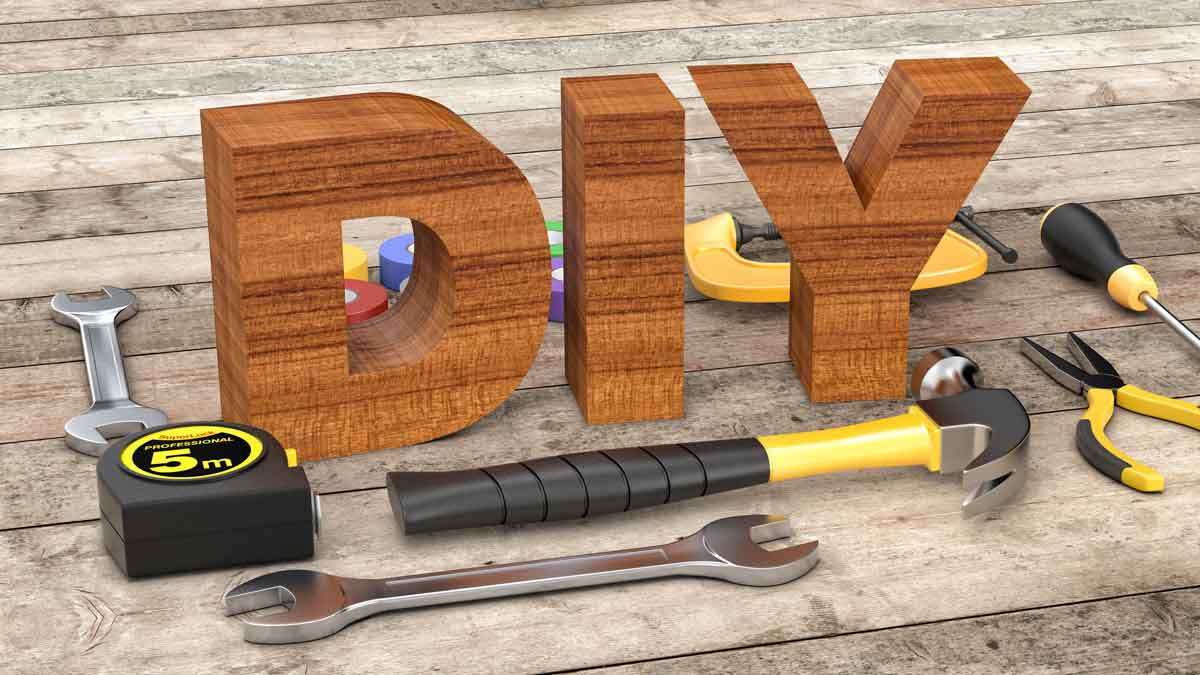You can improve a process anywhere down the value chain, or you can improve the ultimate product. (Mid-stream products don’t count.) Equipment and service providers often have their biggest impact on processes. Component or material makers often have a larger impact on products. In either case, you need to pursue these improvements with passion.
More in e-book, Reinventing VOC for B2B (page 26).
The term “B2B” is useful, because business customers can be so different than end-consumers. But it’s a blunt and imprecise term, and we can do better. Check out the “B2B Index” developed by The AIM Institute. The higher your market’s B2B Index, the greater you can engage customers… in both early-stage and late stage marketing. (This is a free service.)
Calculate your B2B Index at www.b2bmarketview.com
B2C employees (e.g. Apple engineers) are consumers themselves, so they have high typical customer insight… but low potential insight, since consumers can’t easily predict what will entertain them. The gap between typical and potential insight when serving knowledgeable B2B customers is much larger. This is your competitive edge if you close the gap before competitors.
More in white paper, Catch the Innovation Wave (page 13).
We asked this question of new-product teams that had conducted a total of 875 B2B-optimized customer interviews. 96% said these interviews would have a moderate, significant or great impact on their company’s organic growth rate. Only 4% said the impact would be “slight.” About the same amount also felt such interviews would positively impact their company’s culture.
More in white paper, Guessing at Customer Needs (page 10).
You’re developing your customer’s new product. It’s like this: “Mr. Customer, we’ve assembled a team aimed at developing something you’ll love. As you can see, we even brought a lead R&D person with us to listen to you. So can you tell us everything you think we should know before we going into our labs? We want to get this right so the innovation makes you a hero at work.”
More in article, Reduce Bias in Voice of the Customer
What else is there besides hearing customers’ needs? Impress them so they’ll want to do business with you. Incorporate your insights into a value calculator to optimize pricing. Use their precise interview language on your website to improve SEO. Uncover unspoken needs in a post-interview customer tour. Understand their next best alternative. Never stop learning.
More in article, You Already Answered 4 Questions, but… Correctly?
I worked in manufacturing in the 1970s, when it seemed like “overkill” to train operators in statistics for quality control. But this is expected today. I met Dr. Deming in the 1980’s and heard him say, “It is not necessary to change. Survival is optional.” Compared to statistics, the science of B2B customer insight is quite simple. Will you be GM or Toyota in the innovation wave?
More in white paper, Catch the Innovation Wave (page 12).
B2B producers often take a DIY approach, while B2C marketers hire research firms. Why? For one thing, consumer products often have bigger annual revenues: Think of all the small B2B parts in a big-ticket item like a smart phone. For B2C it’s all about that launch. But B2B companies often “turn the crank” on many smaller new products… so its economical to develop in-house expertise.
More in article, You Already Answered 4 Questions, but… Correctly?
Many ventures try to create new products or services under conditions of market uncertainty. This is a huge challenge for B2C. But uncertainty does not exist in the minds of most B2B customers… who have great knowledge, interest, objectivity and foresight. If you know how to access this, your supplier uncertainty will plummet.
More in white paper, Lean Startup for B2B (page 12).
Imagine you’re planning to build a new home: Your architect sees you for half an hour, spends the first 15 minutes talking about sports, and then shows you pictures of other houses he designed. Later, when the house fails to please you, he dismisses it saying, “Well that buyer just didn’t know what he wanted.” Ever treat customers this way?
More in article, What is New Product Blueprinting?
It’s much more likely you don’t know how to ask them. B2C customers can seldom describe what will entertain them or boost their self-esteem. But B2B customers are knowledgeable, interested, and objective. They may not know the solutions, but they do know their desired end-results. You’ll learn this when you learn how to ask.
More in e-book, Reinventing VOC for B2B (page 15).
Lean Startup methodology refers to “Leap of Faith Assumptions,” and recommends testing assumptions with customers at the first opportunity. For B2B, this “first opportunity” to learn comes before a prototype is created… through VOC interviews to mine the foresight of knowledgeable customers. Don’t miss this B2B adjustment to Lean Startup.
Read more in this white paper, Lean Startup for B2B (page 6).
With a high-certainty product project, you can accurately predict your financial profits. With an uncertain project, you face significant potential downside and upside profits. In B2B markets, you can understand the downside very early. You’ll kill the project cheaply if the downside cannot be eliminated. And reap big upside profits if it can.
You can methodically strip away uncertainty and de-risk your projects. This is done through a four-step process that combines Discovery-Driven Planning with New Product Blueprinting. Learn more in this white paper, Innovating in Unfamiliar Markets (page 5).
You can have an intelligent, peer-to-peer conversation about pressure ratings, fluid specifications, etc. You can expect greater B2B interest vs. B2C, since your innovations can help the hydraulics engineer become a hero with his next new product. Without innovative suppliers like you, his path to recognition is a difficult one.
Read this article, B2B Customer Interviews: Are They Different? to learn why you are severely under-optimizing if you are a B2B supplier using one-size-fits all VOC… that others use for consumer goods.














